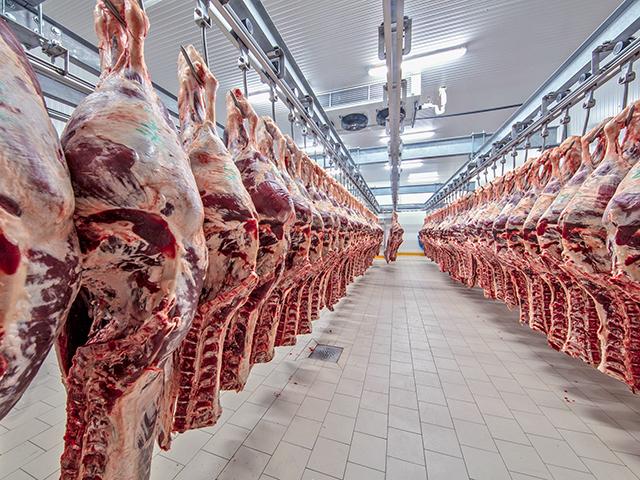Inside the Market
Difficult Market Conversations Begin
In this space one year ago, I pointed out how farmers and ranchers bore the lion's share of the burden when the food supply chain broke down during last year's pandemic. We are still a long way from a solution, but the hope is to spark a conversation about ways to make things better and create more reliable channels for the U.S. food supply.
We don't often have large open discussions on important national topics like these, but the U.S. Senate Ag Committee's public hearing on June 23, 2021, did come close to the kind of constructive conversation needed. A replay of the hearing "Examining Markets, Transparency, and Prices from Cattle Producer to Consumer" can be viewed at https://www.agriculture.senate.gov/….
As chairwoman, Sen. Debbie Stabenow (D-Mich.) explained the hearing was the result of senators hearing from cattle producers about a lack of transparency and competition in the marketplace. More specifically, how was it that cattle producers were losing money at a time when four beef processors, controlling 85% of the nation's fed-cattle slaughter, were reaping large profits?
Three of the five guests invited to speak shared similar arguments, largely defending the status quo. An economist, a market analyst and a Southern cattle producer all explained that the basic problem was too many cattle in relation to operational processing capacity. It was basic supply and demand, and their view was that time has a way of working out such imbalances. "That's the markets at work," concluded Dustin Aherin, from Rabobank.
P[L1] D[0x0] M[300x250] OOP[F] ADUNIT[] T[]
The underlying assumption of all three is that the processors operate in a competitive market environment, but there seems to be little evidence. In 2021, the price of Choice boxed beef increased from $210 at the start of the year to $339 in early June. During the same time, total boxed-beef loads from USDA's weekly comprehensive report fell from a four-week average of roughly 6,900 loads to 6,800 loads.
Had processors operated in a competitive market, they would have responded to higher boxed-beef prices by increasing supply to the retail sector, not wanting to lose market share to a competitor. The response would have also increased demand for cattle at the producer level, but neither of those things happened. Processors have no incentive to increase the supply of beef to the consuming public, and they have no reason to worry about market share. They profit from both, higher wholesale prices and low producer prices. Their world is fine as is.
In the early 1900s, five meat processors dominated the industry, and a presidential investigation exposed filthy conditions at the plants. President Theodore Roosevelt got Congress to pass the Federal Meat Inspection Act of 1906, an imperfect solution that benefited generations, including ours today.
At the time, the regulation of food was not considered a federal responsibility, and some senators argued the act would undermine the liberty of the American people. Sound familiar?
There is no clear, single solution yet for this modern problem, but it is encouraging to see more public discussions taking place. We need to keep challenging pat answers with penetrating questions. U.S. cattle producers need our support, but not as much as we need them.
**
-- Read Todd's blog at about.dtnpf.com/markets
-- You may email Todd at todd.hultman@dtn.com, or call
402-255-8489.
[PF_0921]
(c) Copyright 2021 DTN, LLC. All rights reserved.




